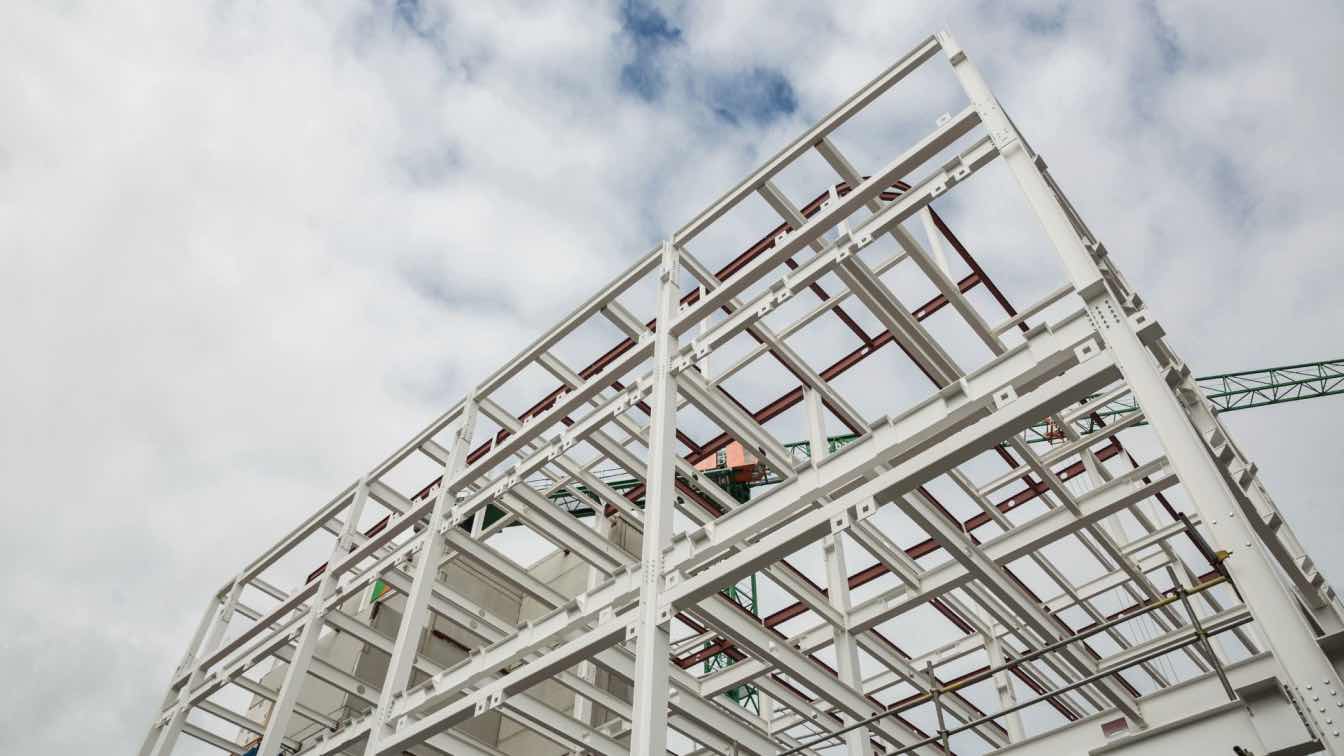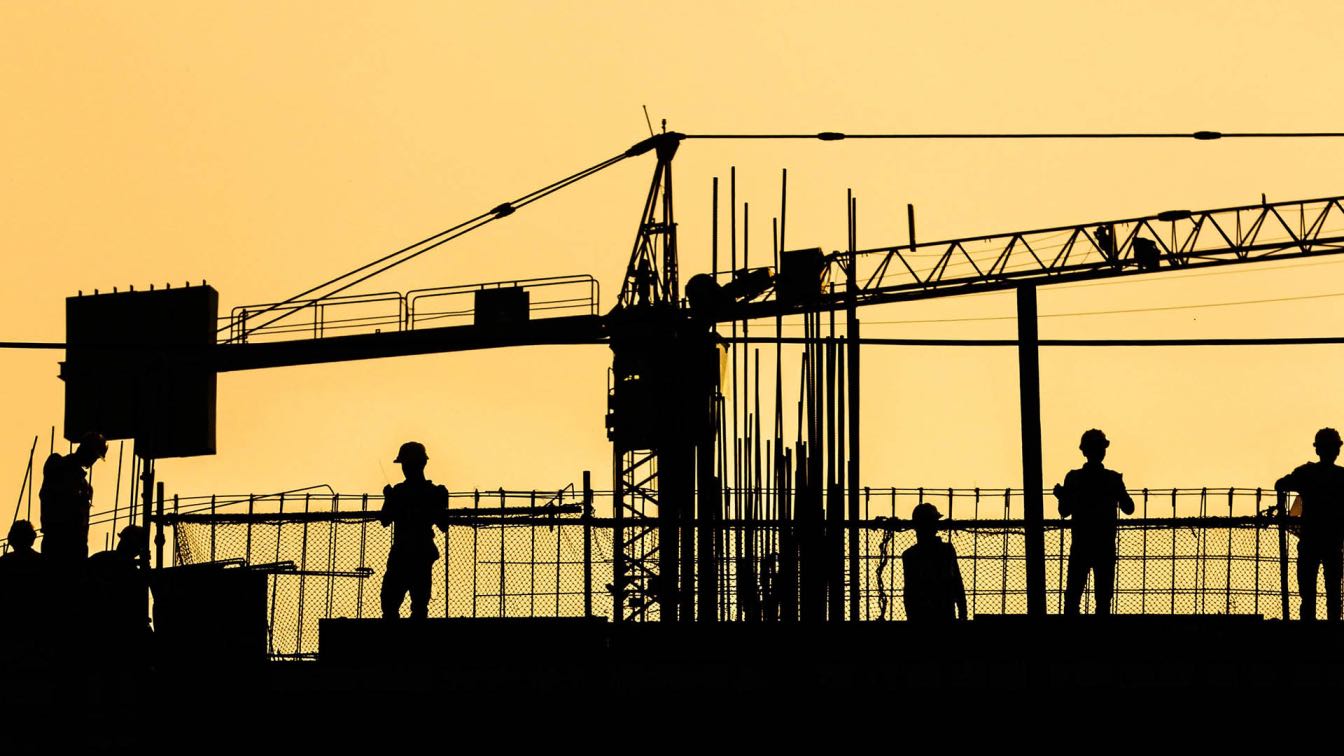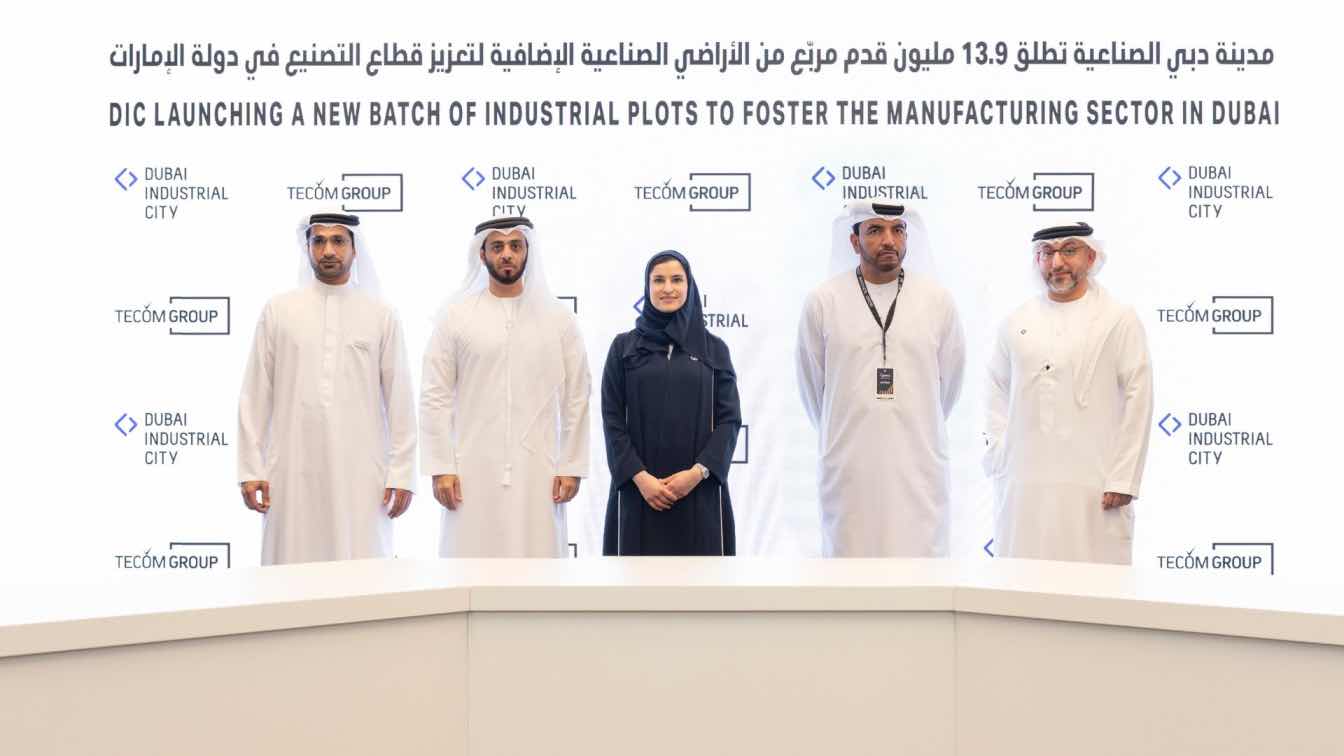The fight against climate change needs significant changes in how we build. The construction world uses lots of energy and makes lots of CO2, hitting high numbers in 2021. But good news: spending on green building jumped to $237 billion in 2021, up 16%. Like playing real money slots, investing in green buildings is a gamble, but it's one we need to take to clean up our planet by 2050. Every dollar put into eco-friendly construction is a step toward a greener future.
Architecture: From Past to Sustainable Future
People used to build homes from local stuff like wood and clay, designing them to stay warm or cool. They had cool features like wind towers and unique windows to keep the air fresh. But as cities grew, quick concrete buildings took over, forgetting about nature. Later, architects like Frank Lloyd Wright brought back eco-friendly designs. Now, top architects mix old and new ways to make buildings better for the planet.
Designing and Building with Zero Impact
Building a sustainable house or apartment complex is all about ensuring it's environmentally friendly, from picking where to put it to taking it down one day. Here's how to keep it simple:
1. Location Matters: Choose a spot that fits with what's already there. This means keeping the surrounding area manageable.
2. Easy Access: Make sure it's close to public transport and parks. This helps everyone get around without always needing a car. It also keeps neighborhoods nice and green.
3. Energy-Saving Features: Use smart design to save energy. This includes:
- Good insulation keeps your home warm in winter and cool in summer. It does this without using too much energy.
- Fresh airflow helps keep the air inside fresh and healthy. It prevents heaters and air conditioners from overworking.
- Natural light reduces the need for electric lights during the day. Letting in plenty of sunlight does this.
By focusing on these simple steps, buildings can use less energy. This is good for the planet and saves money on bills. Plus, it makes living spaces healthier and more comfortable for everyone.
For a dwelling to be sustainable, it is essential to consider, wherever possible:
- Buildings can use solar panels or tiny wind turbines to make clean power. They can store extra energy. They also have spots to charge electric cars and park bikes, making travel greener.
- Heating and cooling systems with solar thermal panels rather than so-called low-enthalpy geothermal;
- Last but not least, using recovered and recycled materials is essential. Also, use materials with a low environmental impact. Be careful to use components that don't release toxic particulates.
The Most Used Sustainable Materials
Among the most widely used materials in sustainable architecture are:
- Reclaimed wood,
- Lumber from sustainably managed forests,
- Salvaged bricks,
- Recycled steel.
Eco-friendly building means using nature-friendly materials like bamboo, straw, cork, earth, and hemp. Plant-covered roofs keep homes cozy and clean the air. Combining old materials with new tech makes buildings better for the Earth.
- Cement, glues, and adhesives made from agricultural and food waste, favoring zero- or near-zero-km sources;
- Bioplastics that use biomass instead of petroleum as a raw material;
- Nanostructured materials with unique thermal properties that multiply the energy efficiency of walls and roofs;
- "Transparent wood" is a new thing scientists are working on. They treat regular wood to make it almost see-through, like glass. It's eco-friendly and could replace glass or plastic in buildings if they make enough of it.
Record-Breaking Sustainable Buildings
Around the world, some fantastic buildings are great examples of green design:
Bank of America Tower, New York: This skyscraper is super green. It has special glass to keep heat in, collects rainwater, and even has a wind turbine.
Cube Berlin, Germany: A cube-shaped office that gets most of its power from the sun. Its innovative system learns how to save energy based on how people use the building.
- Sohrabji Godrej Green Business Centre in India has many green roofs and solar panels. They cover most of its energy needs. It also recycles its water.
- Sun-Moon Mansion in China is a giant building powered by solar energy. It is part of a community that runs almost on solar power. This saves a lot of coal and reduces pollution.
- Bosco Verticale in Milan has two tower blocks filled with trees and plants. The towers blend technology with nature to clean the air and cool the place.
These buildings show how innovative design can help our planet.
Photovoltaics in Sustainable Construction
Buildings use a lot of energy, so it's wise to power them with clean energy from the start. In Chile, a skyscraper in Santiago by Sencorp and Enel X is a great example. It's the first in South America with its walls covered in solar panels.
The idea behind this building was to mix sustainability with art. It drew inspiration from kinetic and geometric art. It created a unique, ever-changing facade. These solar panels can generate over 138 kWh. That's enough to power the building and charge electric vehicles. It cuts over 190 tons of CO2 emissions every year. This skyscraper in Chile is so innovative it won an award for helping the environment. It is known as the country's most futuristic building.
The Smart Home: Eco-Friendly Future
The future of the building is all about using cool tech to make homes and offices better for the planet. Buildings are getting solar panels to make their electricity. They can control lights, air conditioning, and more all by themselves. They use apps and gadgets that learn what you like. Plus, they're part of smart grids, so they can share power and help save energy.
Soon, every building will be designed with the Internet of Things (IoT). They will be filled with sensors and intelligent systems to manage everything. Artificial intelligence will help these buildings use energy only when needed, making everything more eco-friendly.
We're combining new tech with old-school green practices. We want to make buildings that respect nature and improve life for everyone.





